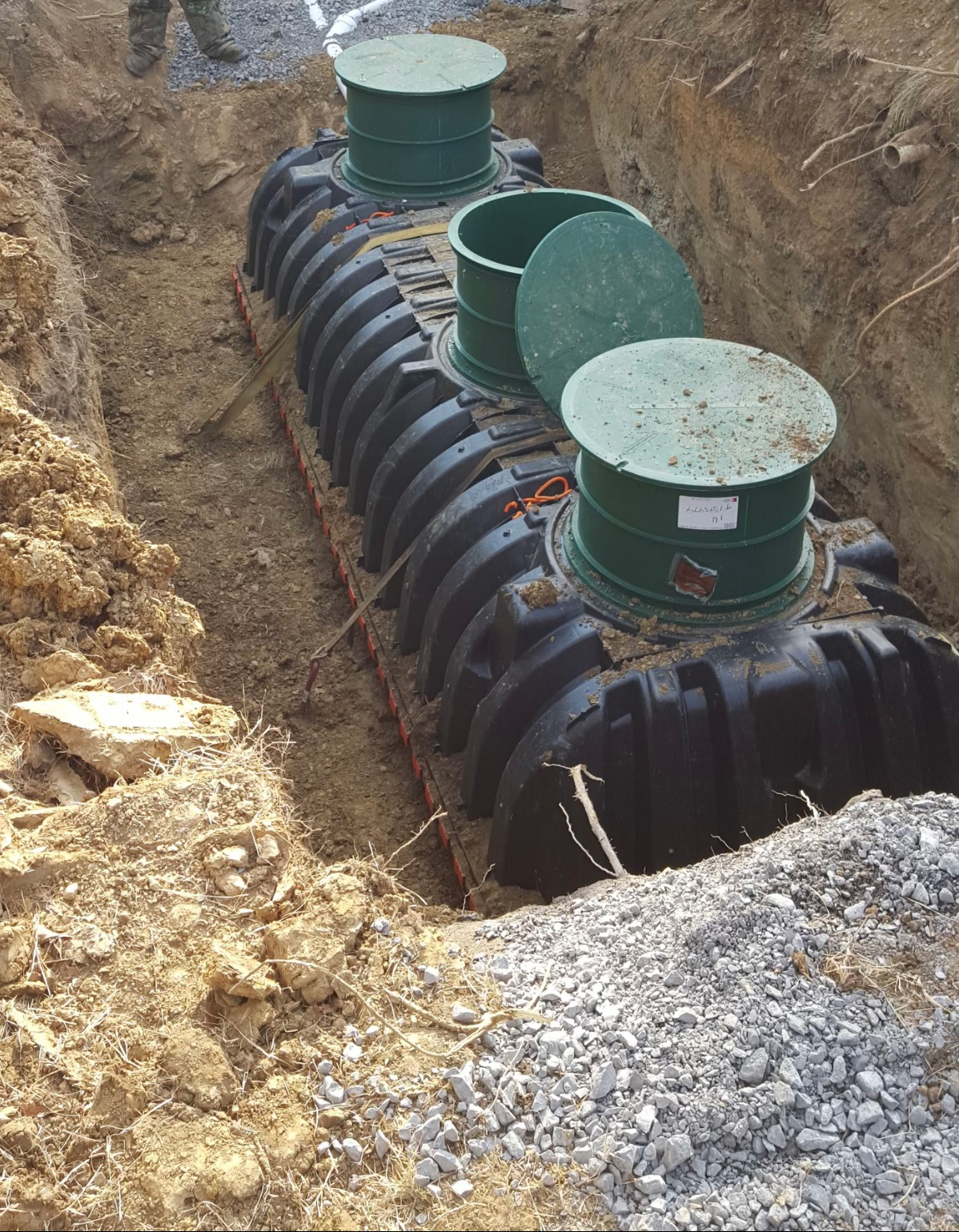A septic system is a way to treat and dispose of wastewater from homes and businesses. It is a self-contained system that does not rely on a municipal sewer system. Septic systems consist of two main parts: a septic tank and a drain field. The septic tank is where the wastewater is first treated. The drain field is where the wastewater is further treated and disposed of.
Types of Septic Systems:
There are two main types of septic systems: conventional and alternative. Conventional septic systems are the most common type. They consist of a septic tank and a drain field. Alternative septic systems are used in areas where conventional septic systems are not feasible. Some examples of alternative septic systems include mound systems, aerobic systems, and sand filter systems.
How a Septic System Works:
A septic system works by using bacteria to break down wastewater. The wastewater enters the septic tank, where it is separated into three layers: solids, scum, and effluent. The solids sink to the bottom of the tank and bacteria break them down. The scum floats to the top of the tank and is also broken down by bacteria. The effluent is the liquid that flows out of the tank and into the drain field. A series of pipes buried in the ground forms the drain field. A series of pipes that are buried in the ground forms the drain field. The effluent flows through the pipes and into the soil, where it is further treated by bacteria.
Installing a Septic System:
Installing a septic system is a complex process that should only be done by a qualified professional. The first step is to have the soil tested to determine if it is suitable for a septic system. The next step is to choose the type of system that is right for your home. Once the type has been chosen, the installer will need to dig the holes for the septic tank and the drain field. The septic tank will then be installed and the drain field will be installed. The final step is to backfill the holes and connect the septic system to your home’s plumbing.
Maintenance of Septic Systems:
Septic systems need to be maintained on a regular basis to ensure that they function properly. The most important part of septic system maintenance is pumping the septic tank. You should pump the septic tank every three to five years, depending on the size of the tank and the amount of wastewater it treats. Other maintenance tasks include inspecting the drain field and cleaning the baffles in the septic tank.
Conclusion:
Septic systems are an important part of many homes and businesses. They provide a way to treat and dispose of wastewater without relying on a municipal sewer system. If you are considering installing a septic system, it is important to choose a qualified professional to install the system.
Here are some additional tips for understanding septic system installations:
- The size of the septic system will depend on the number of people who will be using it.
- The type of soil will also affect the type that can be installed.
- The location is important to ensure that it is not located in an area that is prone to flooding.
- Septic systems should be installed by a qualified professional.
- These systems need to be maintained on a regular basis.
If you have any further questions, please do not hesitate to contact us for a quote.


